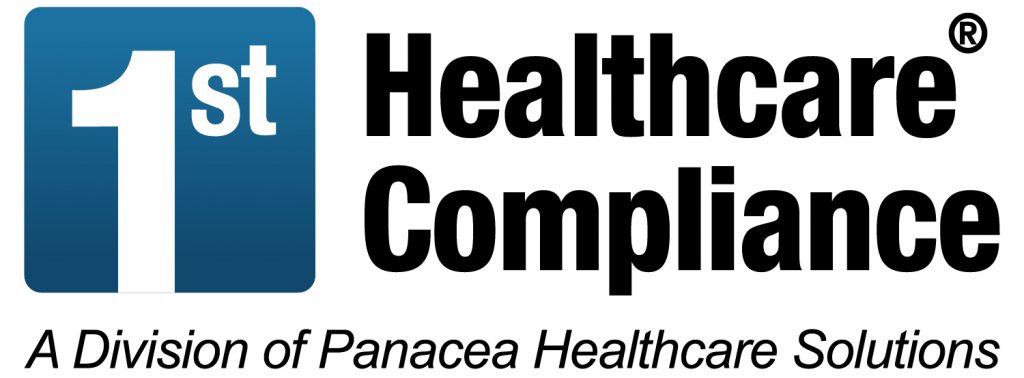Are You Aware of the Recent OSHA Updates?
In May 2016, the Occupational Safety and Health Administration (OSHA) issued new rules regarding prevention of retaliation or discrimination against an employee for reporting a workplace injury and on recordkeeping for injury and illness. Electronic reporting of injury and illness began January 1, 2017. However, submission requirements do not take effect until July 1, 2017, with the process of submission yet to be determined.
Employers face the more imminent enforcement of anti-retaliation and anti-discrimination rules effective December 1, 2016, specifically requiring appropriate employee education on these new rules.
In a presentation sponsored by the Institute for the Advancement of Senior Care, OSHA subject matter expert Steve Wilder, BA, CHSP, STS of Sorensen, Wilder and Associates highlights some points for an employer to consider when navigating these new rules:
- OSHA prohibits mandatory post-accident drug testing to retaliate against an employee for reporting and injury
OSHA recommends employers “limit post-incident testing to situations in which employee drug use is likely to have contributed to the incident, and for which the drug test can accurately identify impairment caused by drug use.” Should an employer request to drug test an employee, documentation of the reason is key.
- OSHA considers incentive programs retaliatory if employees receive a benefit for not reporting injury or illness
Instead of incentive programs based on “no reported injuries”, the focus should be to promote safety such as recognizing an employee for following the organization’s safety policies and procedures or even better, rewarding an employee for identifying possible safety hazards to address in order to prevent possible injury in the future.
- OSHA Compliance Officers may issue citations for retaliation against an employee for reporting injury or illness
If an employee is injured as a result of not following the organization’s safety policies and procedures, disciplinary action is warranted. However, this could be a slippery slope. The policies and procedures need to have been in place prior to the injury; more importantly, the employee would have to acknowledge awareness of these rules by appropriate education and training prior to the incident. Documentation of employee training and education on policies and procedures may be the best way to avoid a retaliation citation.
- OSHA considers an employer’s requirement of immediate injury reporting by the injured employee potentially retaliatory.
Immediate injury reporting could potentially prevent employees from reporting chronic injuries or illnesses. OSHA recommends a “reasonable time” for the employee to report.
- OSHA requires submission of Injury and Illness records which will be made public on the OSHA website (unless exempt due to number of employees)
All information on OSHA forms should be submitted except the employee’s name and address and the treating provider name and address. For organizations considered high-risk industries with 20-249 employees, the 2016 Form 300 A should be submitted by July 1, 2017 and 2017 Form 300A by July 1, 2018. For organizations with 250 or more employees, the 2016 300 A should be submitted by July 1, 2017 and all 2017 forms (300A, 300, 301) by July 1, 2018. Beginning in 2019, the date of submission changes to March 2. For organizations under 20 employees, they are exempt from submission requirements.
Needless to say, an organization’s OSHA policies and procedures should be revised immediately if not done so already to appropriately reflect these new changes. In addition to prominently displaying the OSHA Job Safety and Health poster, employers need to inform the employees of the new OSHA policy and procedure updates.





